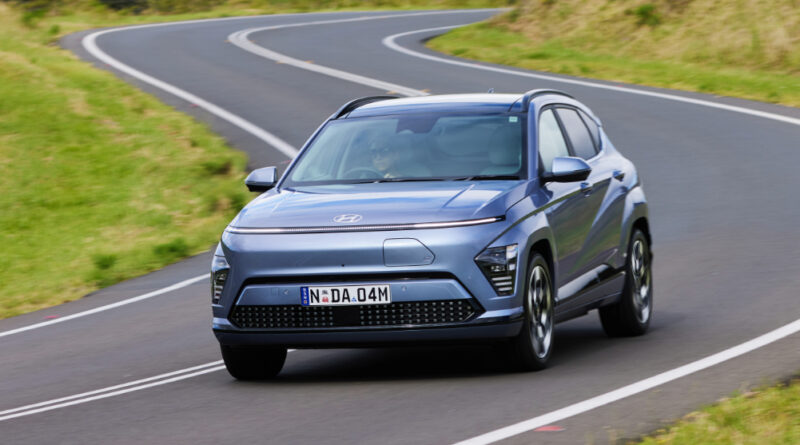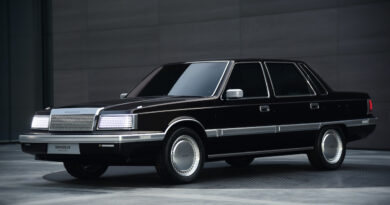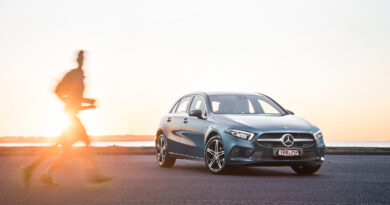2024 Hyundai Kona Electric review: Is this the sweet spot between the BYD Atto 3 and Tesla Model Y?
The new-generation Hyundai Kona Electric has arrived in Australia, and it’s found itself in a very different world to the one its predecessor launched in.
Back then , the plucky electric SUV had the mainstream EV market more to itself. But now, it faces challenges from the BYD Atto 3, MG ZS EV beneath it, and the Tesla Model Y above it.
So has the 2024 Hyundai Kona Electric done enough to earn a place on your shopping list?
Price: What does the Hyundai Kona Electric cost and what features do you get?
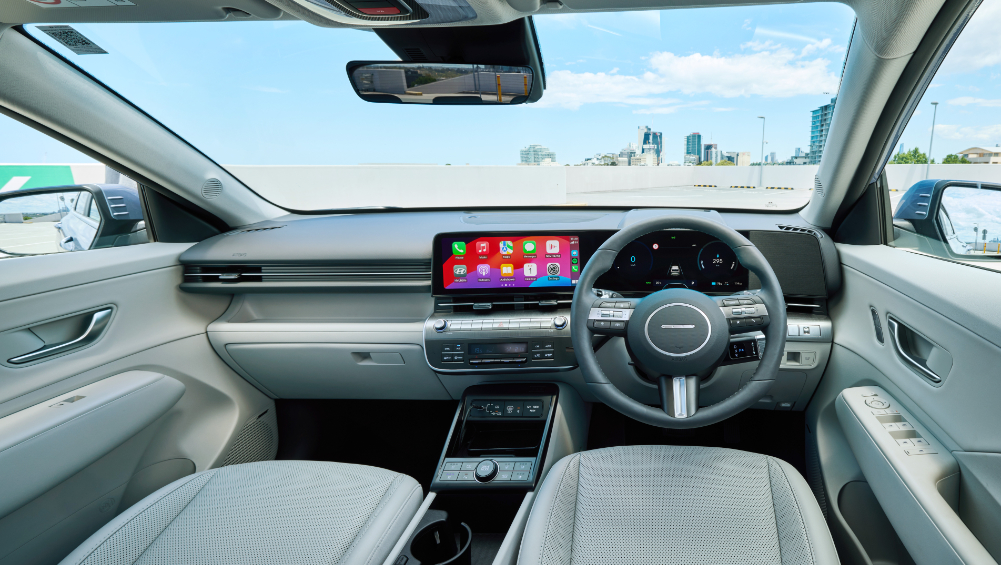
Good news! The cheapest Kona Electric is now cheaper than before.
Yep, Hyundai Australia has kept us in suspense for a number of months — presumably while it was fighting with HQ over just how low the price could go — but we now know the 48.6kWh Kona Electric Standard Range will start at $54,000, which is $500 cheaper than the outgoing model.
The same car with a bigger 64.8kWh battery, called the Kona Electric Extended Range, is $58,000, which is $2500 cheaper than the model it replaces, too.
Finally, you can have the Kona Electric Premium, which is only available with the bigger battery — but you’ll have to pay for it, with the fanciest Kona listing at $68,000, or $4000 more than its equivalent predecessor (which was called the Highlander).
That squishes the Kona into a potential sweet spot, above the BYD Atto 3, which starts at $48,011, but below the Tesla Model Y, which kicks off at $65,400.
The Kona Electric gets 17-inch alloys, LED lighting, twin 12.3-inch screens with Apple CarPlay and Android Auto, dual-zone climate, wireless phone charging and keyless entry and start.
The Premium then adds 19-inch wheels (which eat into driving range), heated and cooled seats, a head-up display and better Bose stereo, fake-leather trim and a powered boot.
What is powering the Hyundai Kona Electric and how fast can it charge?

This is not your lightning-fast-style EV, with both Kona powertrains offering calm, rather than chaotic, acceleration and relatively subdued outputs.
The entry-level Kona gets a single, front-mounted electric motor, producing 99kW and 255Nm. Premium and Extended Range models deliver 150kW and 255Nm, but persist with the single motor setup.
The Standard Range Kona’s 48.6kWh battery delivers a claimed 370km driving range, while the Extended Range’s 64.8kWh battery ups that figure to 505km. The Premium, though, falls victim to its bigger wheels, with range dropping to 444km, despite sharing its battery with the Extended Range Kona.
The Kona is set up for 10.4kW AC charging, but its DC charge rate is less than 100kW, meaning ultra-fast charging is off the table. As a result, going from 10-80 percent full on a DC charger will take 45 minutes.
How practical is the Hyundai Kona Electric?
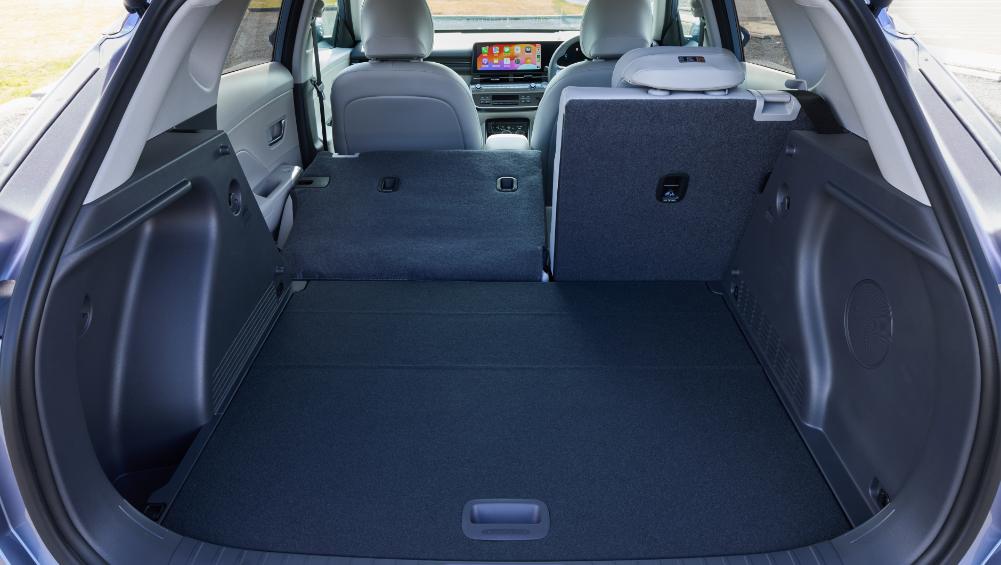
In a word? Very. This is a small SUV that’s nipping at the heels of vehicles a size up, given its only marginally smaller than the Hyundai Tucson, and that means plenty of room for passengers and cargo.
The backseat is especially spacious in terms of both head- and leg-room, and the 407-litre boot swells to a very useable 1241 litres with the 60:40 rear seats folded flat, and I can tell you that the Kona is plenty practical when it comes to packing for a week away or longer.
What is the Hyundai Kona Electric like to drive?
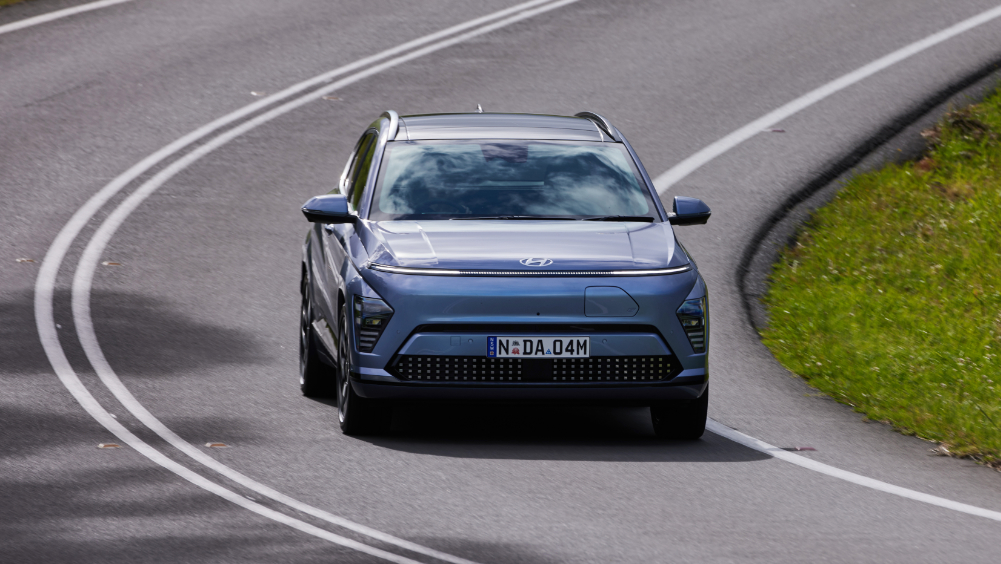
I’m going to be honest with you; if you’re looking for an EV that really shift the performance needle, or that makes the hairs on your arms stand up every time you brush the accelerator, well the Hyundai Ioniq ain’t it.
This is about sedate, suburban motoring more than anything else, and it’s zero-to-100km/h times (9.9sec Standard Range or 8.1sec Extended Range) pretty much confirm it.
But is that really such a bad thing? Do people want their small SUVs, no matter what is powering them, to be high-riding rocket ships with a too-firm ride and too-sharp steering? Or is practicality and comfort the order of the day?
If it is the latter, and I suspect it is, you’ll find plenty of both in the Kona Electric, which, despite feeling little dialled down since the last iteration, still offers more than enough grunt to get you moving, and both steers and rides like a sorted small SUV should.
This one wasn’t tuned in Australia, but is still feels well suited to our conditions, even if the ride can feel a little brittle at times, especially over dozier road surfaces. But the steering is light and direct, and there is a feeling of connection between you and road beneath you.
In short, the Kona Electric is one of those cars that doesn’t scream at you. Instead, with no noticeable annoyances and easy-to-live with characteristics, you quickly fall into a rhythm.
What is the Hyundai Kona Electric’s battery and vehicle warranty?
Hyundai’s five-year, unlimited-kilometre warranty comes in here, while the Kona Electric’s battery is covered for eight years or 160,000km.
Servicing is pegged at 24 months or 30,000km, and capped at $520 per visit for the first three services.
The Hyundai Electric verdict:
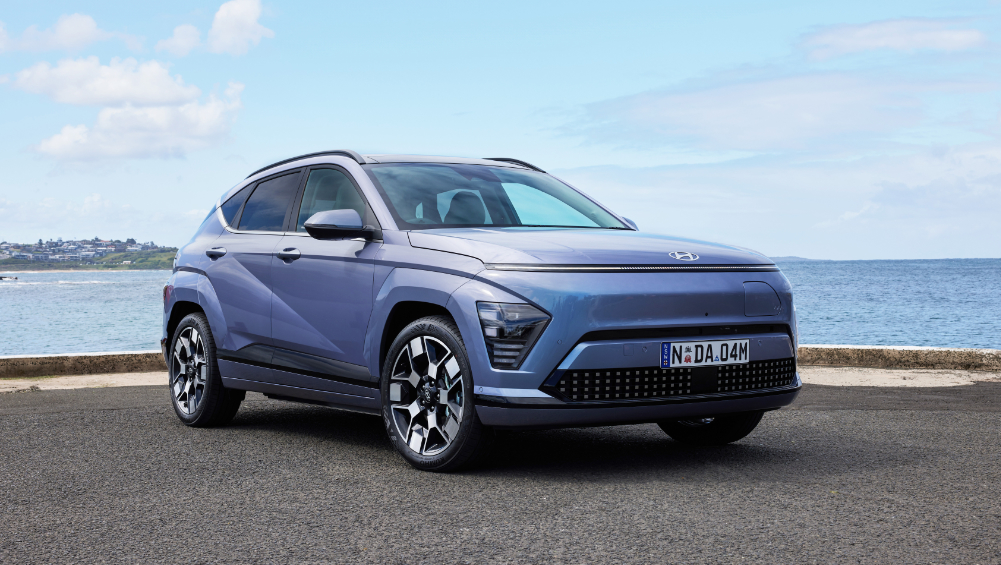
Simple, fuss-free EV motoring, this. And with a price that neatly plugs the gap between brands like BYD and Tesla, the Kona Electric is worthy of a place on your test-drive list.

